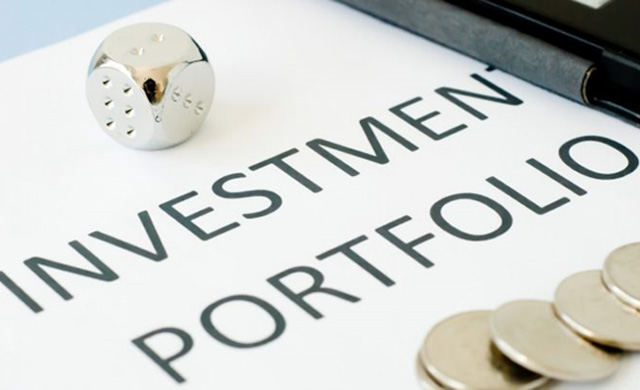Before examining the purchase of shares in Capital Cities/ABC by Berkshire Hathaway it’s instructive for investors today to consider how it was that Warren Buffett could easily sign a cheque for $517.5m only 20 years after taking over the tiny textile company then with net assets of a mere $22m. It’s a story of smart capital allocation away from low returns on capital employed businesses to other equally understandable businesses selling at reasonable prices generating high rates of return.
First note that Buffett at the outset was not expecting great inflows of cash in the mid-1980s. Between August 1983, when he bought Nebraska Furniture Mart, and the end of 1985 Buffett was warning his shareholder/partners that they must get used to much lower returns than in the past. In the 1984 letter to shareholders he was adamant:
“I have told you in the past of the drag that a mushrooming capital base exerts upon rates of return. Unfortunately, my academic voice is now giving way to a reportorial voice. Our historical 22% rate is just that – history (over 22 years). To earn even 15% annually over the next decade … we would need profits aggregating about $3.9 billion. Accomplishing this will require a few big ideas – small ones just won’t do. Charlie Munger, my partner in general management, and I do not have any such ideas at present, but our experience has been that they pop up occasionally. (How’s that for a strategic plan?)”
Of course, we now know that Buffett and Munger far exceeded their target. The general movements in the stock market helped a little in the mid-1980s – see chart – but hardly accounts for the near doubling in net book value over this period.
Dow Jones Industrial Average October 1982 to December 1985
What really counted were the extraordinary capital gains made on shares bought and sold by the insurance subsidiaries, together with the large flow of dividend and interest income and the rising profits of Buffalo News, Nebraska Furniture Mart, See’s Candies and Wesco – see table.
Net earnings after taxes attributable to Berkshire Hathaway from operating businesses
| $m | 1983 | 1984 | 1985 | |||
| Insurance underwriting | -18.4 | -26.0 | -23.6 | |||
| Insurance investment income (dividends and interest) | 39.1 | 62.1 | 79.7 | |||
| Realised security gains | 45.3 | 71.6 | 325.2 | |||
| Buffalo News | 8.8 | 13.3 |
………………To read more subscribe to my premium newsletter Deep Value Shares – click here http://newsletters.advfn.com/deepvalueshares/subscribe-1

 Hot Features
Hot Features












